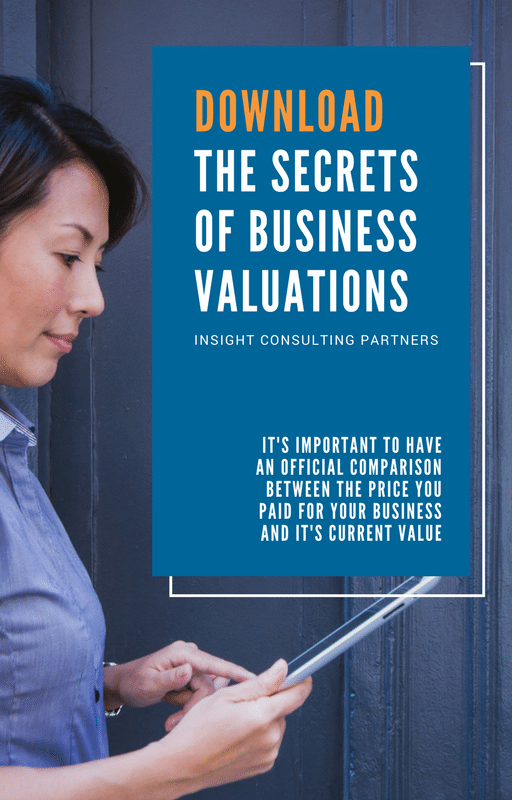Understanding how debt factors in can empower you to navigate the valuation process with confidence.
The Enterprise Value Equation
One of the most common methods for business valuation is Enterprise Value (EV). This metric goes beyond simply looking at a company’s stock price. Instead, it paints a holistic picture by factoring in all the capital invested in the business. Here’s the formula:
Enterprise Value = Market Value of Equity + Debt – Cash
Debt, in this equation, represents all the company’s outstanding financial obligations, including loans, bonds, and accounts payable. Cash, on the other hand, refers to readily available funds not tied to ongoing operations.
The Debt Balancing Act
Many business owners strive for a debt-free existence. However, a strategic amount of debt can actually be beneficial. Here’s why:
-
Cost Advantage: Debt financing is often cheaper than equity financing. Equity investors typically demand a higher return on their investment, whereas interest payments on debt are tax-deductible, offering some financial relief.
-
Return on Equity Boost: As debt levels increase, so can the potential returns for equity owners. This happens because the company is leveraging borrowed funds to generate profits, essentially amplifying the return on equity capital.
When Debt Becomes a Burden
While debt can offer some advantages, it’s crucial to find the sweet spot. As debt levels climb, the associated risks also rise. Here’s how excessive debt can impact valuation:
-
Investor Risk Aversion: When a company becomes heavily indebted, investors perceive it as a riskier proposition. This can lead them to demand higher returns to compensate for the increased risk, ultimately driving down the company’s valuation.
-
Cash Flow Strain: Servicing a high amount of debt can put a strain on a company’s cash flow, limiting its ability to invest in growth and innovation. This diminished future potential can negatively affect valuation.
Optimal Capital Structure
The ideal capital structure – the optimal mix of debt and equity – is a unique equation for each company. It depends on factors like industry norms, the company’s growth stage, and its risk tolerance. Valuators use various methods to determine this optimal structure:
-
Industry Benchmarks: Analyzing the debt-to-equity ratios of similar companies within the same industry can provide a starting point.
-
Guideline Company Analysis: Examining the capital structures of companies that have been recently acquired within the industry can offer valuable insights.
-
Financial Institution Lending Criteria: Banks and other financial institutions have established debt-to-equity thresholds for lending purposes. Understanding these criteria can help determine a realistic level of debt the company can support.
-
Financial Modeling: Sophisticated financial models can be used to simulate the impact of different debt levels on the company’s future cash flow and profitability, aiding in the determination of the optimal capital structure.
Ultimately, valuators rely on professional judgment to arrive at a capital structure that considers the company’s specific circumstances and ensures the debt level aligns with its sustainable cash flow generation.
By understanding how debt interacts with valuation, you can engage in informed discussions with valuators and make strategic decisions that maximize the perceived worth of your business. Remember, debt is a tool – wield it wisely to unlock its potential and navigate the valuation process with greater confidence.
Learn more about debt and debt management from Insight Advisory Group.
Read our other blog post: Top 10 Strategies to Boost Business Value

